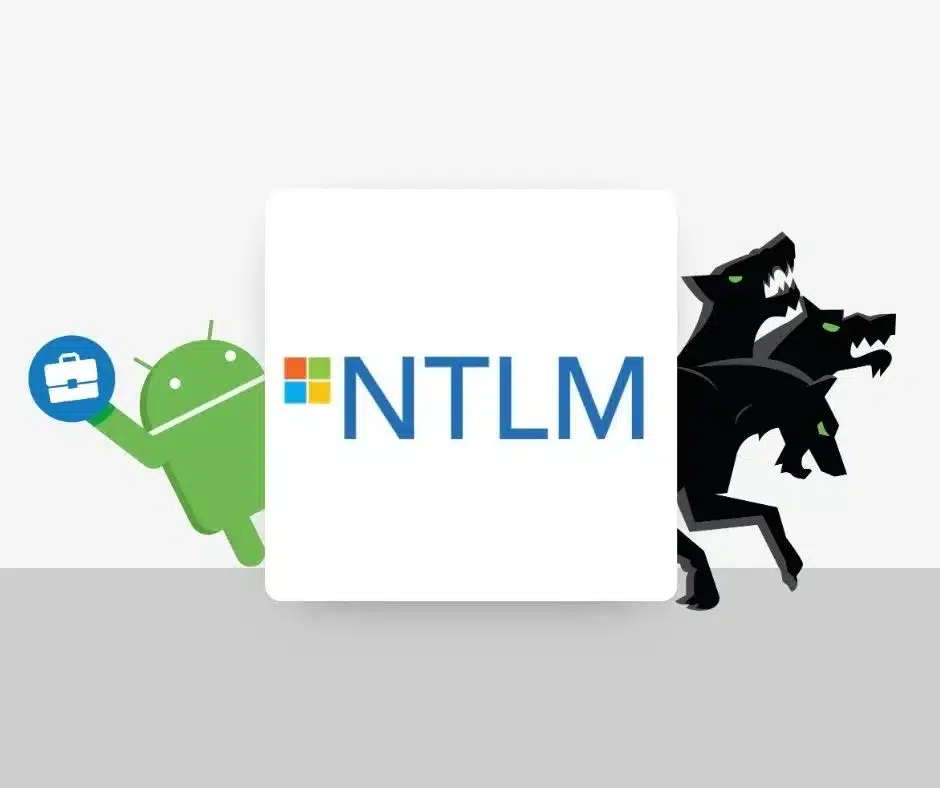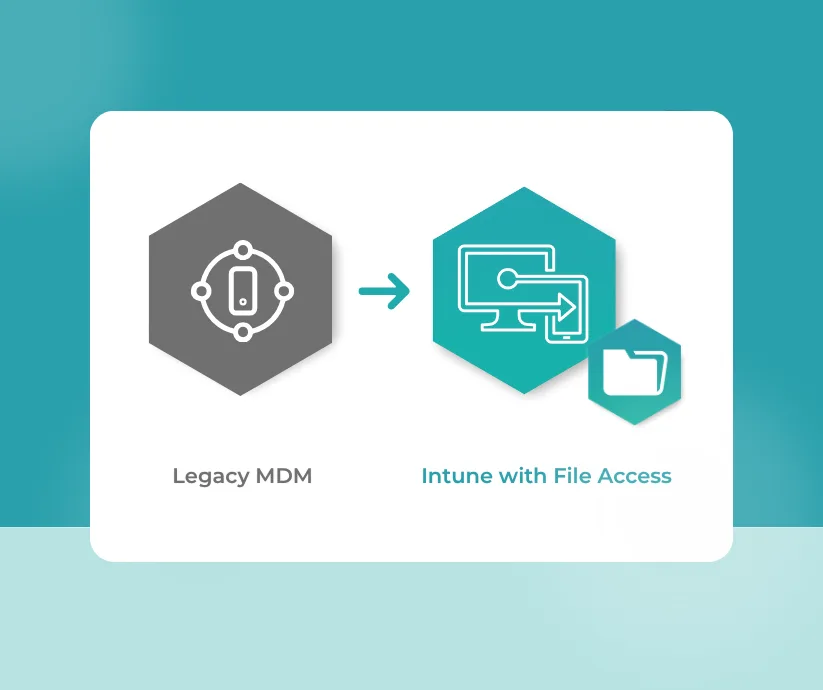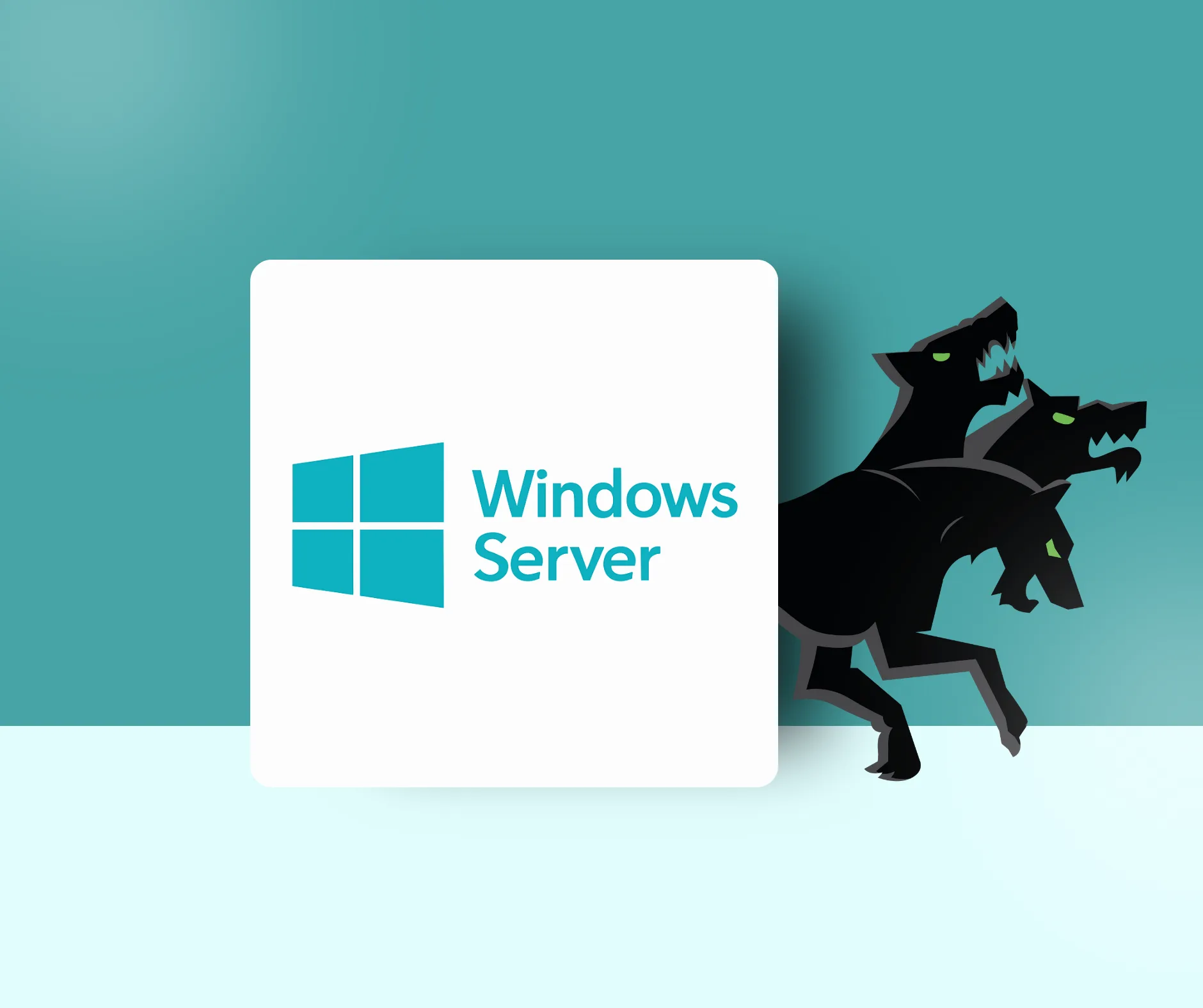As Microsoft phases out NTLM in favor of the more secure Kerberos protocol, organizations are facing the technical challenge of migrating their authentication systems. This transition, particularly for Android users, requires a strategic approach to maintain security and efficiency. This blog post explores the technical aspects of NTLM, compares it with Kerberos, and introduces Hypergate Authenticator as a solution for Android environments.
NTLM: An Overview
NT LAN Manager (NTLM), a protocol developed by Microsoft, has been a longstanding method for authentication in Windows networks. It uses challenge-response authentication for user and server verification, which was effective for earlier network security requirements. However, as cybersecurity threats have evolved, NTLM’s limitations, such as susceptibility to relay attacks and lack of mutual authentication, have become more apparent.
Comparing NTLM and Kerberos
Kerberos, an alternative to NTLM, offers enhanced security features. Unlike NTLM’s challenge-response mechanism, Kerberos relies on a ticket-granting system where a central authority, the Key Distribution Center (KDC), issues time-stamped tickets. These tickets minimize the exposure of credentials and reduce the risk of interception and replay attacks. Kerberos also supports mutual authentication and stronger encryption methods, making it a more robust choice for modern network environments.
The Imperative of Migrating from NTLM
Microsoft’s recommendation to migrate from NTLM to Kerberos is driven by the increasing need for improved security in enterprise networks. NTLM’s vulnerabilities are more pronounced in today’s interconnected and threat-prone digital landscape. The migration to Kerberos is not just a security upgrade; it’s a necessity for maintaining a secure and efficient network infrastructure.
Migration Challenges on Android
The challenge in migrating to Kerberos becomes pronounced in Android environments due to the lack of native Kerberos support. This gap necessitates a solution that can implement Kerberos authentication on Android devices effectively, ensuring continuity and security in mobile access to network resources.
Hypergate Authenticator: Bridging the Gap
Hypergate Authenticator addresses this challenge by enabling Kerberos authentication on Android. This solution aligns with Microsoft’s migration guidelines and offers:
- Kerberos Integration for Android: Filling the void left by Android’s lack of native Kerberos support.
- SPNEGO Compatibility: Facilitating server communication through a standardized protocol for authentication negotiation.
- SAML 2.0 and ADFS Compatibility: Ensuring seamless integration with existing identity providers and authentication services.
- Streamlined Deployment: No need for additional infrastructure, as Hypergate replicates the Windows authentication model on mobile devices.
Hypergate Authenticator thus provides a crucial tool for organizations transitioning from NTLM to Kerberos, particularly for Android users. By incorporating this solution, businesses can adhere to Microsoft’s guidelines while ensuring a secure and seamless authentication experience across their network.
In conclusion, the migration from NTLM to Kerberos is a critical step in enhancing network security. For Android users, Hypergate Authenticator offers a practical and effective solution, ensuring that this transition is both secure and efficient.







